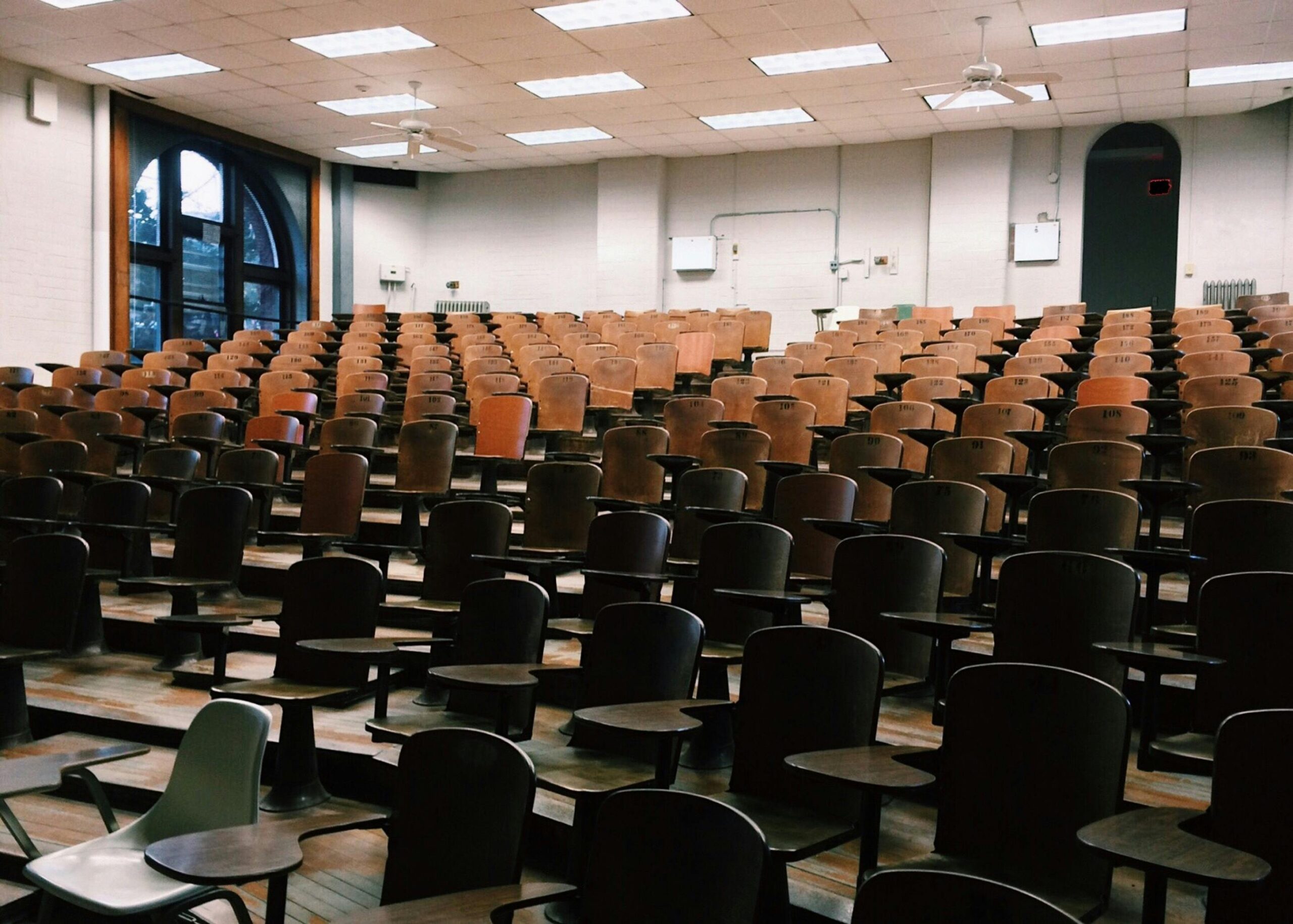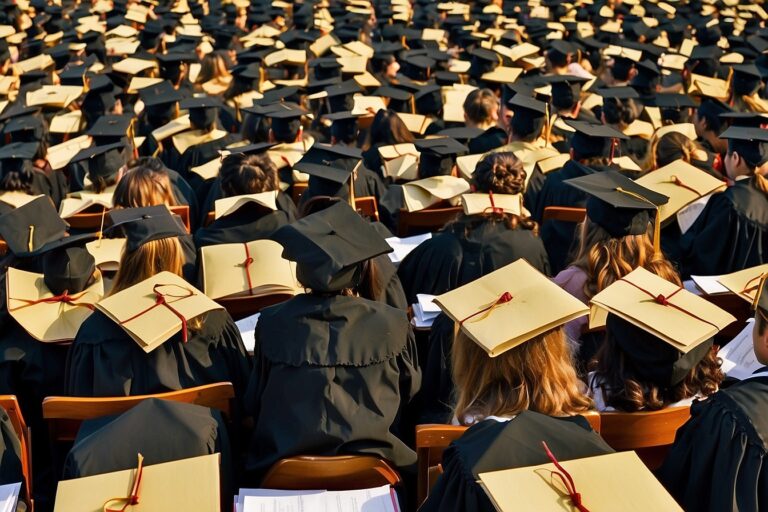What is School?
Introduction
Defining the Concept
School, a word that echoes through the corridors of time, is more than just a physical space where education happens. It is a dynamic entity that has evolved over centuries, shaping and being shaped by societies, philosophies, and technological advancements. Understanding the essence of “school” requires delving into its historical roots, exploring the philosophical perspectives that have influenced it, and dissecting the structural components that make it a crucible for knowledge and growth.
Historical Overview
Ancient Roots of Education
The concept of formal education finds its origins in ancient civilizations, where the transmission of knowledge occurred through oral traditions and mentorship. Schools, in the classical sense, were reserved for the privileged few, emphasizing the pursuit of wisdom and virtue.
Medieval Educational Practices
During the medieval era, education became intertwined with religious institutions, fostering literacy among the clergy and nobility. Monastic schools served as centers of learning, preserving knowledge and manuscripts from antiquity.
Renaissance and the Emergence of Modern Schooling
The Renaissance period witnessed a resurgence of interest in classical learning, paving the way for the establishment of modern schools. Humanist ideals emphasized the importance of a well-rounded education, sparking a shift toward a more comprehensive and secular approach to learning.
Philosophical Perspectives on Education
Classical Education
Classical education, rooted in the trivium (grammar, logic, and rhetoric), aimed to cultivate critical thinking and eloquence. The emphasis on classical languages and literature aimed to mold individuals into virtuous citizens capable of contributing to society.
Progressive Education
The progressive education movement, led by luminaries like John Dewey, advocated for a child-centric approach, emphasizing experiential learning and the development of practical skills. This philosophy challenged traditional teaching methods, focusing on fostering creativity and critical thinking.
Contemporary Educational Philosophies
In the contemporary landscape, diverse educational philosophies coexist, ranging from constructivism to behaviorism. Educators grapple with finding a balance between standardized testing and individualized learning, reflecting the ongoing quest to refine educational practices.
Structural Components of a School
Classrooms and Learning Spaces
Classrooms, the physical heart of a school, are designed to facilitate effective teaching and learning. The arrangement of desks, use of technology, and incorporation of visual aids contribute to the overall learning environment.
Administrative Hierarchy
The administrative structure of a school encompasses principals, department heads, and support staff. Efficient administration is crucial for the smooth functioning of an educational institution, ensuring resources are allocated effectively.
Educational Resources and Tools
From textbooks to digital platforms, schools rely on a plethora of resources and tools to impart knowledge. The accessibility and quality of these resources play a pivotal role in shaping the educational experience.
The Purpose of Schooling
Transmission of Knowledge
At its core, school serves as a conduit for the transmission of knowledge from one generation to the next. Whether through traditional lectures or innovative teaching methods, the goal is to equip students with a foundational understanding of various subjects.
Personal and Social Development
Beyond academics, schools play a crucial role in shaping individuals socially and emotionally. Interactions with peers and educators contribute to the development of communication skills, empathy, and a sense of community.
Preparation for the Future
Schools are tasked with preparing students for the challenges of an ever-evolving world. This involves not only academic readiness but also instilling adaptability, resilience, and a passion for lifelong learning.
Types of Schools
Public Schools
Public schools, funded by government resources, aim to provide accessible education to all. They play a pivotal role in promoting social equity and inclusivity, catering to a diverse student population.
Private Schools
In contrast, private schools operate independently of government funding and often offer a more specialized and tailored educational experience. The autonomy granted to private institutions allows for unique approaches to teaching and curriculum design.
Alternative Educational Models
The landscape of education includes alternative models such as Montessori, Waldorf, and homeschooling. These approaches prioritize individualized learning, fostering creativity and critical thinking outside the traditional classroom setting.
The Role of Teachers
Educators as Guides
Teachers serve as more than just disseminators of information; they guide students on their educational journey. The best educators inspire curiosity, instill a love for learning, and act as mentors shaping the intellectual and moral development of their charges.
Importance of Teacher-Student Relationships
The bond between teachers and students goes beyond the classroom. Positive relationships foster a supportive learning environment, allowing educators to understand the unique needs and potential of each student.
Changing Roles in Modern Education
The role of teachers has evolved with advancements in technology and pedagogical approaches. Modern educators are facilitators of learning, encouraging critical thinking and providing the tools for students to become autonomous learners.
Student Experiences
Academic Challenges
The pursuit of knowledge is not without its challenges. Students grapple with complex subjects, examinations, and the pressure to excel. Overcoming academic hurdles contributes to intellectual growth and resilience.
Extracurricular Activities
Schools offer a myriad of extracurricular activities, from sports to arts, providing students with opportunities for personal growth and skill development beyond the confines of the classroom.
Social Dynamics and Peer Interactions
Navigating social interactions is an integral part of the school experience. Friendships, conflicts, and group dynamics contribute to the socialization process, shaping individuals beyond academic achievements.
Challenges in the Education System
Inequality in Access to Education
Despite the universal ideal of education for all, disparities in access persist. Socioeconomic factors, geographical location, and systemic issues contribute to inequalities in educational opportunities.
Standardized Testing
The debate over the efficacy of standardized testing continues. While assessments provide a measure of academic proficiency, critics argue that they may not capture the full spectrum of a student’s abilities and potential.
Addressing Diverse Learning Styles
Students possess diverse learning styles and preferences. Tailoring teaching methods to accommodate these differences ensures a more inclusive and effective educational experience.
Innovations in Education
Technology Integration
The digital era has revolutionized education, with technology serving as a powerful tool for learning. Virtual classrooms, interactive simulations, and online resources enhance the educational landscape, preparing students for a tech-driven future.
Flipped Classroom Models
Flipped classroom models invert traditional teaching methods, with students reviewing instructional content at home and engaging in hands-on activities during class. This approach promotes active learning and critical thinking.
Project-Based Learning
Project-based learning emphasizes real-world application of knowledge. By working on projects, students develop problem-solving skills, creativity, and a deeper understanding of the subject matter.
Schooling Around the Globe
Cross-Cultural Perspectives
Education is shaped by cultural norms, values, and traditions. Cross-cultural perspectives highlight the diversity in educational practices worldwide, enriching the global dialogue on effective teaching and learning.
Varied Education Systems
Different countries adopt distinct education systems, each with its strengths and weaknesses. Comparative analyses provide insights into the effectiveness of various approaches in preparing students for the challenges of the modern world.
Global Education Trends
As the world becomes more interconnected, global education trends emerge. From the emphasis on STEM (science, technology, engineering, and mathematics) to the growing importance of cultural competence, schools worldwide adapt to meet evolving demands.
Controversies in Education
Schooling vs. Homeschooling
The debate between traditional schooling and homeschooling revolves around questions of academic quality, socialization, and individualized learning. Both approaches have their proponents, highlighting the need for flexibility in educational choices.
Education Funding Debates
Allocation of resources and funding is a perennial challenge in education. Debates over equitable funding, teacher salaries, and infrastructure investments underscore the complex economic aspects of the educational system.
Curriculum Controversies
The content taught in schools often sparks controversies. Discussions around curriculum design involve balancing cultural sensitivity, historical accuracy, and the need for a comprehensive education that prepares students for a diverse world.
Education and Socioeconomic Impact
Breaking the Cycle of Poverty
Education is a powerful tool in breaking the cycle of poverty. Access to quality education empowers individuals, opening doors to opportunities and fostering upward social mobility.
Education as a Catalyst for Social Change
Throughout history, education has played a pivotal role in driving social change. Informed citizens are more likely to challenge societal norms, advocate for justice, and contribute to positive transformations in their communities.
Economic Implications of a Well-Educated Society
A well-educated society is a key driver of economic prosperity. Skilled and knowledgeable individuals contribute to innovation, productivity, and the overall development of a nation’s workforce.
The Future of Education
Technological Advancements
The future of education is intrinsically tied to technological advancements. Virtual reality, artificial intelligence, and personalized learning platforms hold the potential to revolutionize the way students engage with and absorb information.
Lifelong Learning
In an era of rapid change, the concept of lifelong learning gains prominence. Education extends beyond traditional school years, with individuals embracing continuous learning to adapt to evolving professions and societal demands.
Adapting to Changing Societal Needs
Schools must remain adaptable, evolving to meet the changing needs of society. Flexibility in curriculum design, teaching methodologies, and the integration of emerging fields ensures that education remains relevant in an ever-shifting landscape.
Conclusion
Reflecting on the Purpose of School
As we traverse the intricate landscape of education, it becomes evident that the purpose of school extends beyond the mere imparting of information. It is a dynamic institution that shapes minds, fosters growth, and prepares individuals for the complexities of life.
Continuous Evolution in Education
Just as the concept of school has evolved throughout history, it continues to adapt to the demands of the present and the uncertainties of the future. The journey of education is a perpetual exploration, a quest to refine and redefine the essence of what it means to be schooled in the ever-unfolding narrative of human knowledge and progress.





